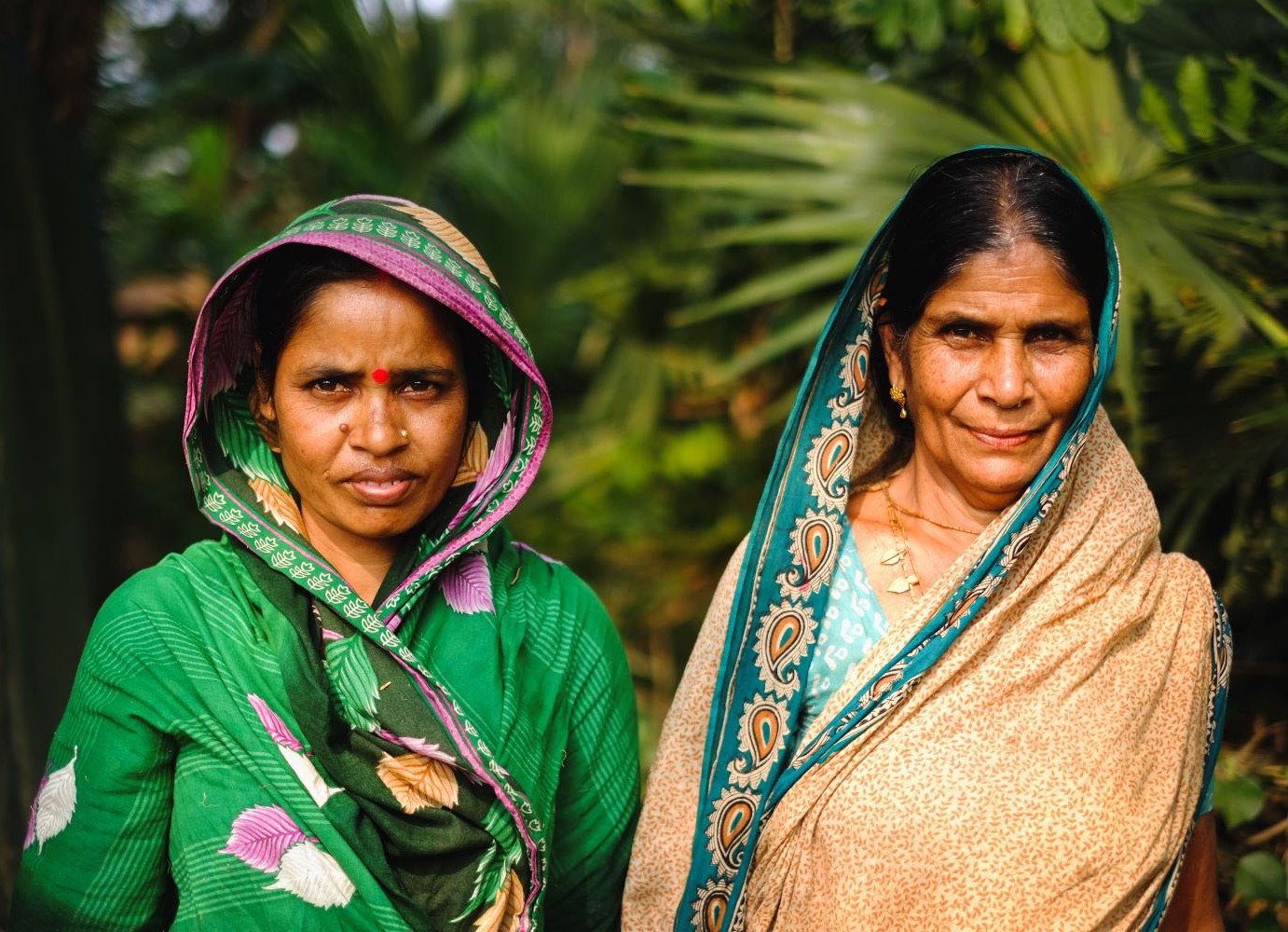Last week saw the High Level Panel on the Post-2015 Agenda meeting in Liberia. Apparently various panel members used the occasion to lay out their vision for goals and targets for 2030. And according to Save the Children’s Brendan Cox, there was a lot of discussion around the “fact that we can get to zero on so many issues.” Save the Children’s very interesting report on post-2015 is heavy on zero targets to be met by 2030, as is a similarly valuable post-2015 proposal from the Asian Development Bank. But I can’t join the excitement on that particular idea. Given what looks like a rolling bandwagon, I want to outline why I’d like to see some brakes applied, pronto.Let's go back to how the original MDG target dates were set: according to Jan Vandemoortele, this effectively involved (i) taking the language from the Millennium Declaration on halving this and reducing that by two thirds, (ii) realizing that achieving such reductions in the fifteen years between the Declaration date of 2000 and the end date of 2015 was beyond all reasonable optimism, and so (iii) deciding 1990 was the base year against which MDG progress would be measured.Thank goodness for that sleight of hand. Imagine we’d assumed the Declaration meant ‘halving absolute poverty between the Declaration’s signing and 2015’ –not an unreasonable interpretation, surely. With a 2000-2015 timeframe, we’d likely miss the poverty target –and would be woefully off track for many of the rest of the goals. Ask yourself: would we be trying to set a new round of goals today if, globally, we were doing so disastrously with the goals we were meant to be meeting by 2015?Meanwhile, what did declaring the original set of MDGs achieve in terms of faster progress in goal areas over the next ten years? Andy Sumner and I suggest that an optimistic interpretation is that the MDGs have helped foster a marginal increase in rates of progress in a few goal areas by putting topics on the development agenda and providing a rationale for national aid funding.That marginal success at the global level means millions of lives saved and millions more made better. It is an impressive achievement for a document with precisely no legal enforceability. And that marginal improvement is why it is worth it to go through the whole goal-setting exercise again.But the combination of the need for realism in potential rates of progress and the marginal impact of goal-setting on speeding that progress cries out for caution when it comes to the post-2015 development agenda. And it suggests particular problems with zero goals.There are lessons from the original set of development goals here, too. Back in 2003, the plausibility of the original MDGs in terms of required progress was derailed by the decision to apply goals not just to global progress but to regions and countries. That meant goals which suggested the average country would achieve a halving of poverty or a two thirds decline in mortality became goals where every country had to do that. The problem: the same MDG targets were harder to meet for the countries with the lowest initial levels of development. For example, if a country has median daily incomes well below $1.25, it is harder to halve $1.25 poverty in a given period than if the country starts off with a median income of $1.24. That’s a big reason why, despite considerable broad-based development progress and economic growth in the last decade beyond all expectations, Sub-Saharan Africa is off track to meet most of the MDGs.One goal was particularly problematic in that regard: universal primary completion. It was a ‘zero goal’ –no one should fail to complete primary school, anywhere worldwide. When the goal was set in 2000, average global primary completion already stood at 82%. We’ve done better than experts were predicting back in 2002 and the Education for All Fast Track Initiative has done wonderful work. But we’re not going fast enough to meet a goal that is simply implausible for a lot of countries based on historical evidence. In 2010, more than a third of the 132 countries for which the World Bank provides primary completion data were at below 90% completion. Burkina Faso was at 45%. That’s a close-on historically unprecedented performance given the country was at just 24% in 2000 --but clearly suggests its going to miss the 2015 universal completion goal by a lot.Looking forward, I’m not proposing zero tolerance for zero. By 2030, maybe it really is plausible to imagine close to wiping out $1.25 a day poverty, at the least (though see Owen Barder on the track record of that statement). Perhaps we could also hope to ensure all but a very few had access to clean water. But some of the other zero targets being proposed are statements of what should be rather than of what might actually be. Everyone should have access to sanitation and no child or mother should die from an easily preventable condition. But suggesting that will happen everywhere by 2030 is based on rates of progress that are truly incredible. As in: not credible.Take proposed zero targets for sanitation. Between 2000 and 2010, some countries have seen really rapid rollout in improved access to latrines and toilets. Out of countries which started the new millennium with less than half of the population with access to improved sanitation coverage, the five most impressive performers increased access by over 60%. Out of countries furthest behind in access, imagine they all increased access by over 60% between 2010 and 2020, and then again from 2020 to 2030 –about a 160% improvement over two decades. Even if they all grew at this incredibly fast rate, 24 countries would still miss a universal sanitation target by 2030 –they are listed in the table below.Similarly, even if countries with high under-five mortality in 2010 halved mortality between 2010 and 2020, then did it again in the next decade, 28 of those countries would still miss proposed zero goal language for avoidable child deaths in 2030. Halving twice in two decades –a 75% reduction-- would be a stunning rate of progress. It is far more rapid than suggested by the original MDGs, and equal to the average rate of improvement in the five high-mortality countries that achieved the greatest progress 2000-2010. But that wonderful rate of improvement would still brand 28 countries as failures in 2030 --mostly in Africa. And if all countries with high maternal mortality achieved performance equal to the best performers in the first decade of the new millennium over the next twenty years, 42 countries would still be labeled ‘failures’ in 2030.The situation is even worse with regard to some other proposed zero goals, where we have close to no idea what rates of progress can be sustained over long periods because we just don't measure enough to have any data on the subject. That includes areas like modern energy access and household violence. In those cases, the temptation to substitute what’s technically possible with what’s practically plausible for goal progress will likely be overwhelming. That’s something suggested by the original MDGs’ ambitious maternal mortality target of a three quarters decline, which was based on incredibly sparse evidence of plausible rates of change at the time.Michael Clemens has pointed out that “roughly once every two decades since the Second World War, an international gathering of policymakers has solemnly promised to achieve universal primary education in developing countries by about twenty years thereafter.” We’ve had unmet UN growth decades and missed targets from energy use to quinoa consumption. The MDGs rebuilt some of the global community’s faith in international goals meaning something –and that’s an important reason they had influence and impact. Too many zero goals in the post-2015 agenda threaten to undo that credibility. By over- reaching and rapidly becoming irrelevant or (worse) an embarrassment, any new round of zero-heavy development goals would lose their marginal ability to influence -to the detriment of millions worldwide.Zero goals are no challenge for a bunch of countries that are already at zero, and too much of a challenge for a bunch of countries that are too far from zero. Targets based around relative improvement (a halving, a reduction by two thirds) are likely to be at least somewhat more flexible to country circumstances. Better, if the global target was based on transparently building up from plausible estimates of country progress, the authors of post-2015 goals could ensure that global target was actually reasonable. While such goals wouldn’t have the elegant simplicity of zero targets, they would have the considerably larger benefit of plausibility.
Disclaimer
CGD blog posts reflect the views of the authors, drawing on prior research and experience in their areas of expertise. CGD is a nonpartisan, independent organization and does not take institutional positions.





